Category: Interview
-
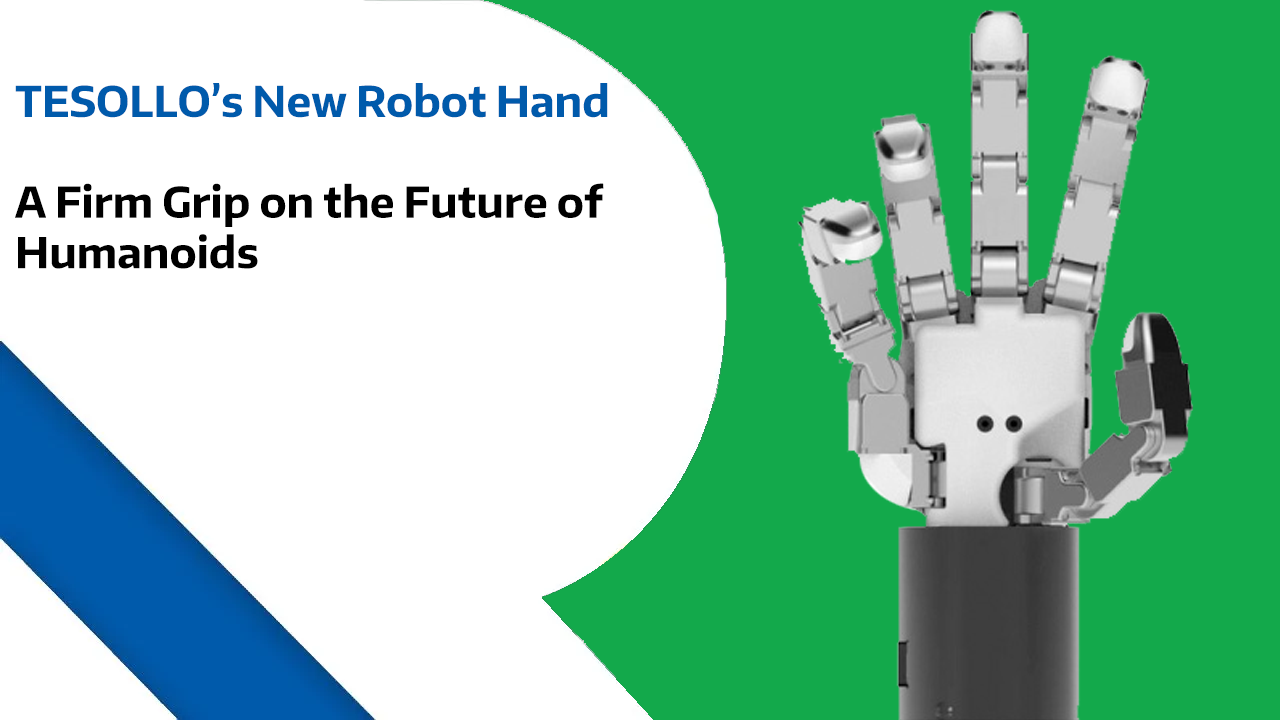
TESOLLO’s New Robot Hand: A Firm Grip on the Future of Humanoids
TESOLLO has just unveiled its most advanced robotic hand yet—the Delto Gripper-5 Finger (DG-5F). Designed for humanoid robots, this new gripper features 20 degrees of freedom, with each of its five fingers operating independently across four joints, closely mimicking a human hand. At 20 cm in length and 1.4 kg in weight, the DG-5F delivers…
-
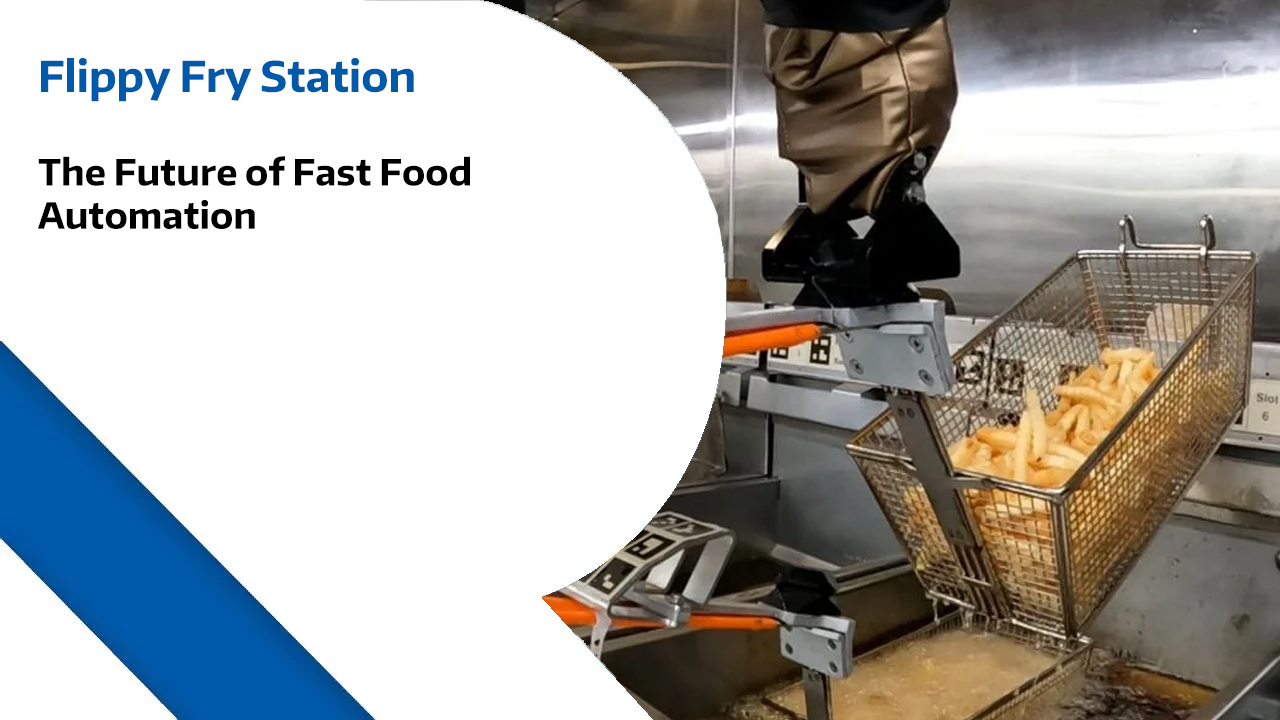
Flippy Fry Station: The Future of Fast Food Automation
Flippy Fry Station: The Future of Fast Food Automation Miso Robotics has just unveiled its next-generation Flippy Fry Station, bringing AI-powered automation to the kitchen like never before. Designed to handle everything from fries to tacos with precision and efficiency, Flippy is transforming the way quick-service restaurants operate. Frying has long been one of the…
-
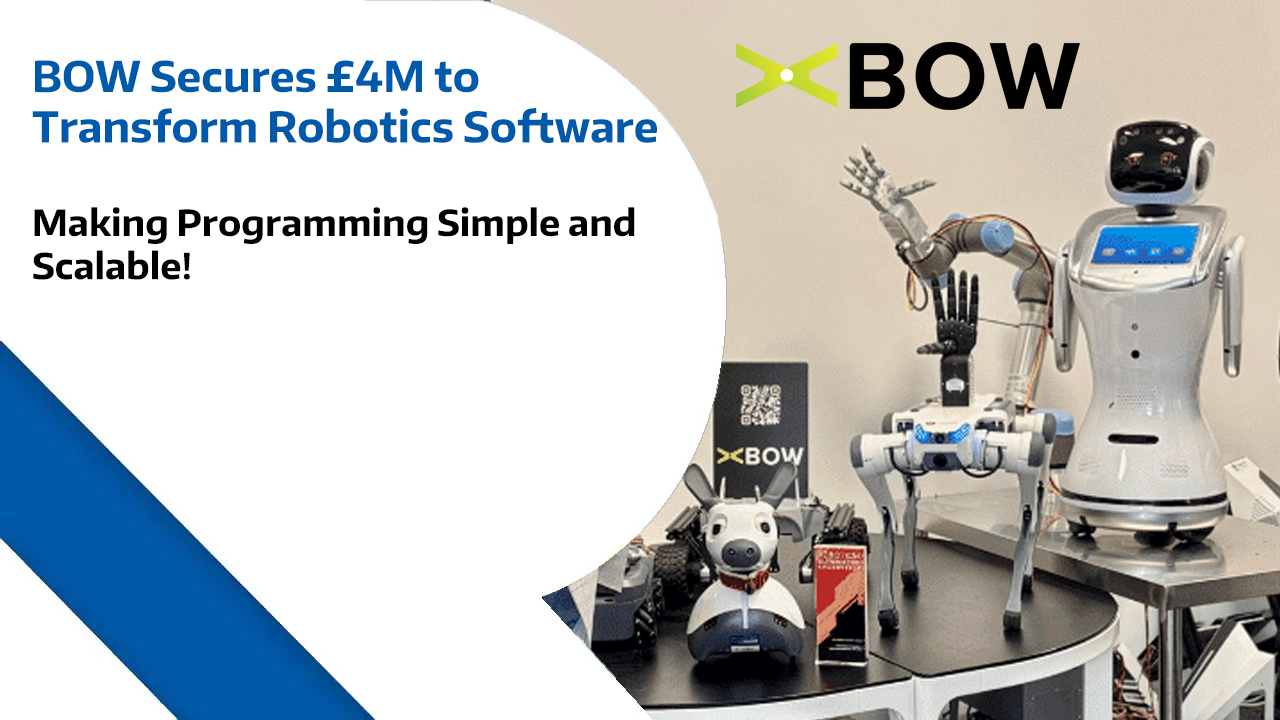
BOW Secures £4M to Transform Robotics Software—Making Programming Simple and Scalable!
Robots are advancing fast, but programming them? That’s still a challenge—until now. Enter BOW, a University of Sheffield spinout that just secured £4 million to make robot programming simpler, faster, and more accessible. Right now, coding a robot can feel like trying to get different operating systems to agree on anything—it’s complex, expensive, and slows…
-
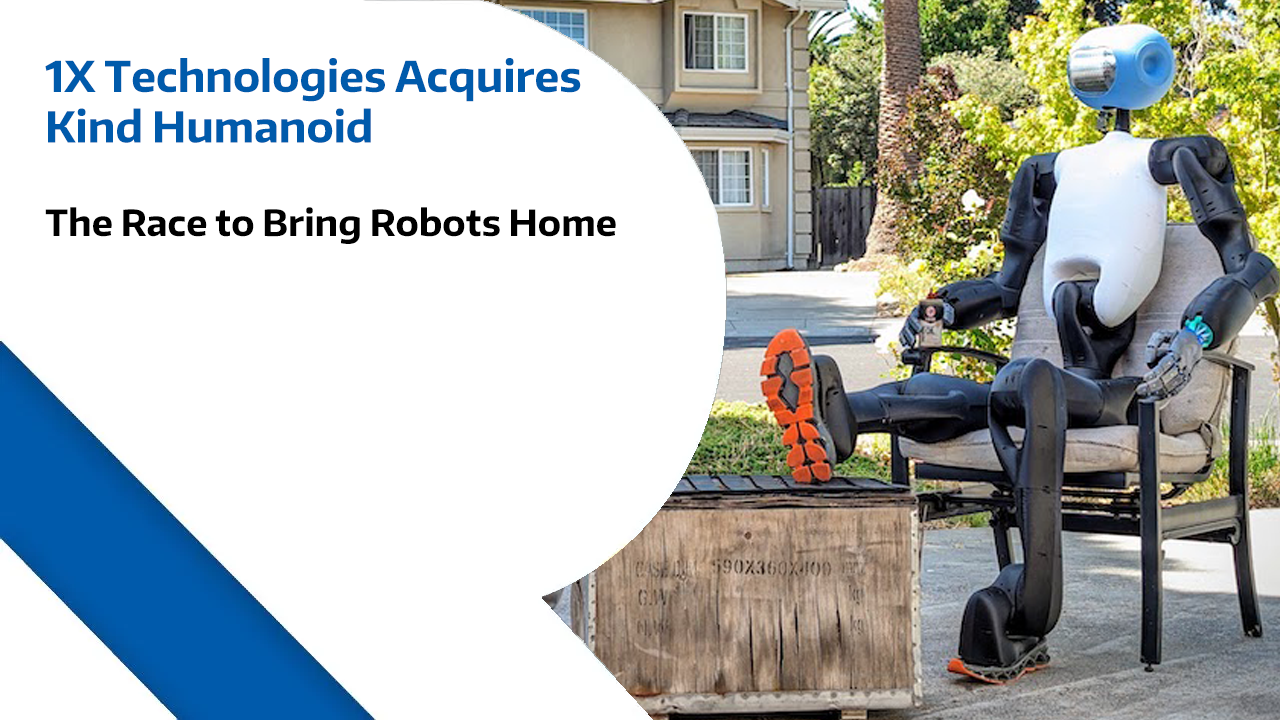
1X Technologies Acquires Kind Humanoid: The Race to Bring Robots Home
Big news in robotics—1X Technologies has acquired Kind Humanoid, bringing two innovative teams together to fast-track the development of humanoid robots. It’s a major step toward making household robots a reality. Kind Humanoid, founded by Stanford scientist and ex-Google robotics expert Christoph Kohstall, has been on a mission to create robots that truly connect with…
-
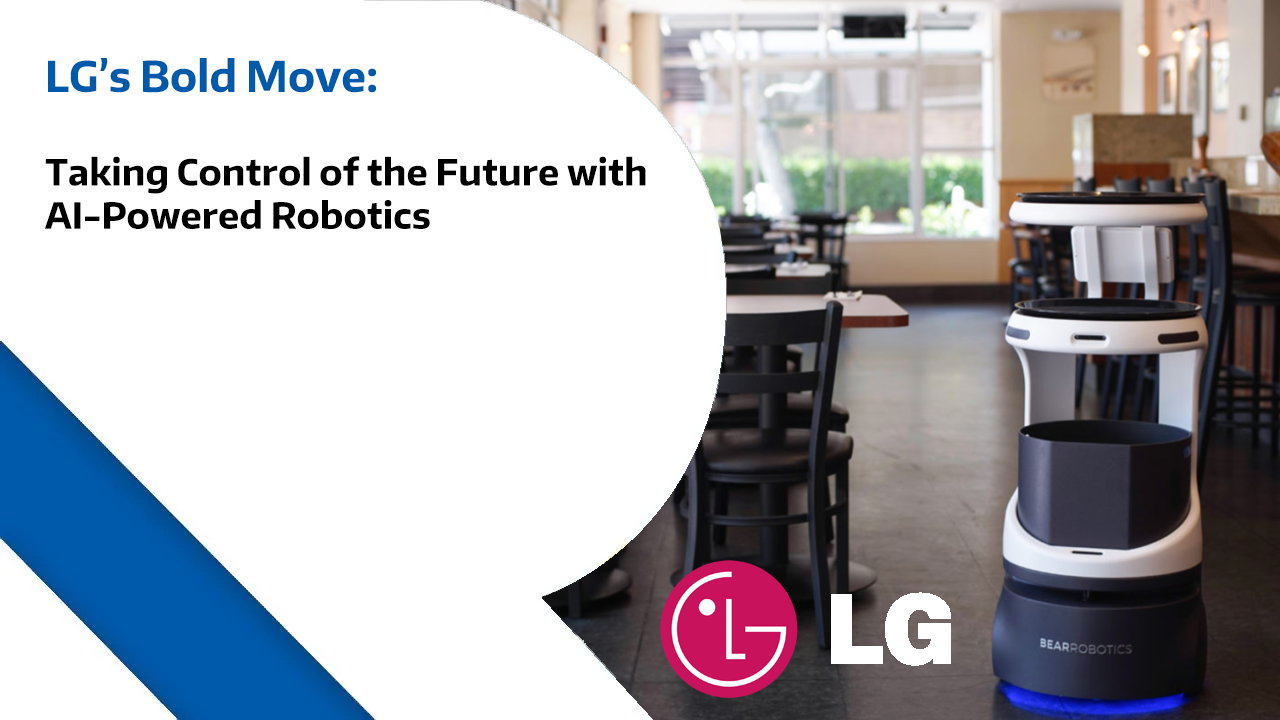
LG’s Bold Move: Taking Control of the Future with AI-Powered Robotics
Big news from LG Electronics: they’re doubling down on robotics! The South Korean tech giant just acquired an additional 30% stake in Bear Robotics, a California-based startup known for AI-powered server robots for restaurants. This move gives LG majority ownership at 51%, officially making Bear a part of the LG family. While LG hasn’t revealed…
-
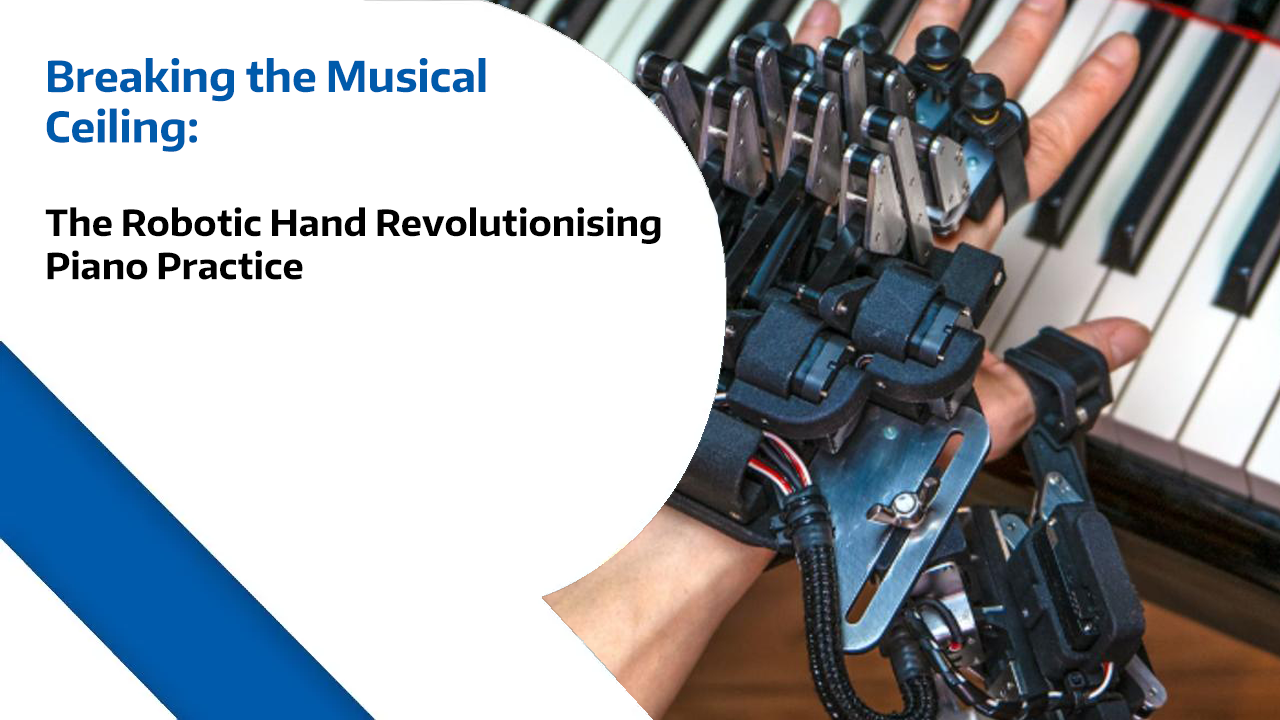
Breaking the Musical Ceiling: The Robotic Hand Revolutionizing Piano Practice
Breaking the Musical Ceiling: The Robotic Hand Revolutionizing Piano Practice Many pianists—and anyone working to master a skill—hit what’s called the ceiling effect. It’s when, after years of training, progress seems to stall, no matter how hard you try. For pianists, this can mean feeling stuck on challenging pieces or risking injury from overpractice.Enter Shinichi…
-
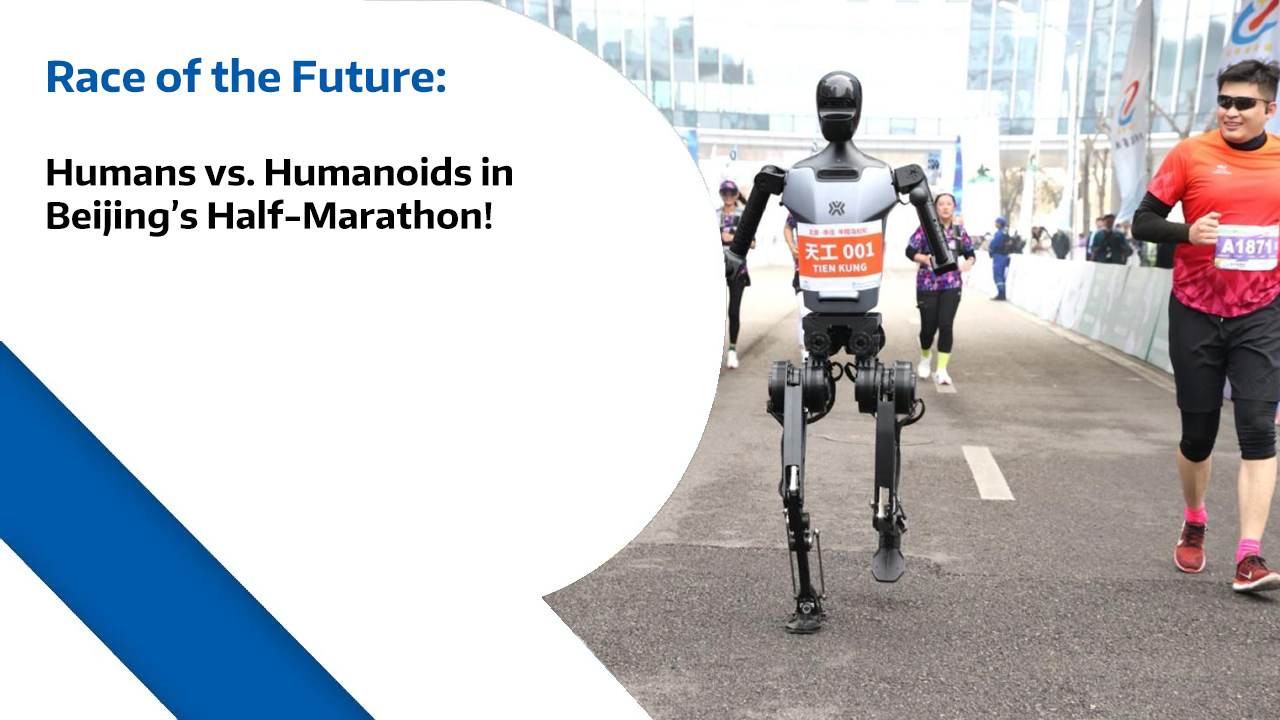
Race of the Future: Humans vs. Humanoids in Beijing’s Half-Marathon
This April, Beijing will host a groundbreaking event: the world’s first man versus robot half-marathon. A technological challenge like no other, it will see dozens of bipedal robots compete alongside 12,000 human runners over a 21-kilometer route through the city. Robots from 20 different tech firms are set to participate, each built to strict criteria.…
-
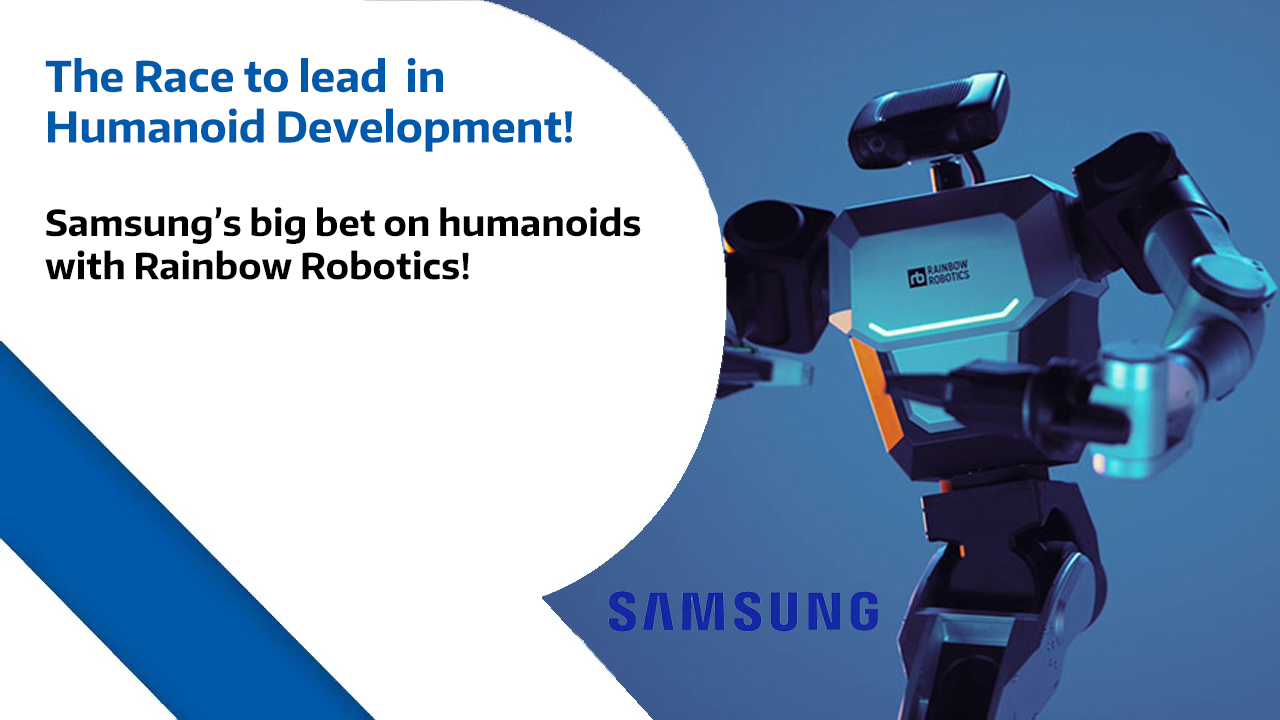
Samsung’s Big Bet on Humanoids, with Rainbow Robotics
Hi, RoboPhil here, with a quick Robot Philosophy news update for you, and to also ask if you can please subscribe. Big news from the tech world! 🚀 Samsung Electronics just leveled up in the robot game by grabbing a 35% stake in Rainbow Robotics. Yep, they’re not just making phones and TVs anymore –…
-
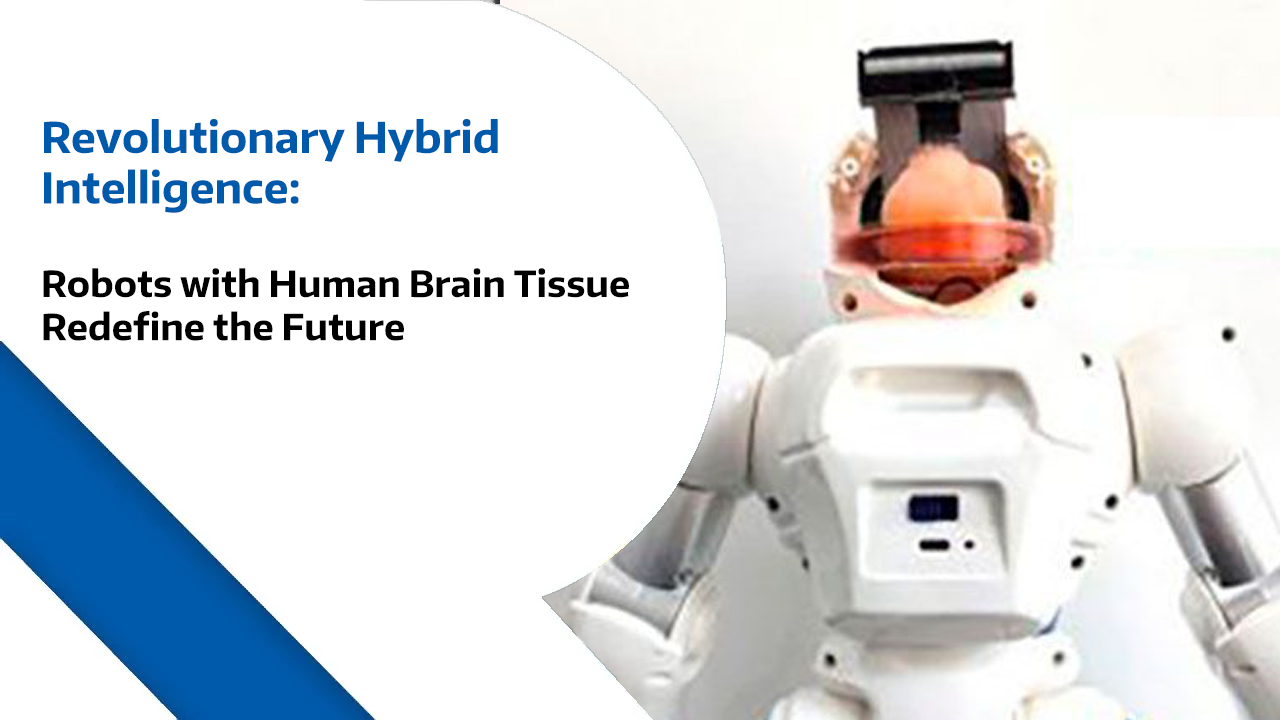
Robots with Human Brain Tissue Redefine the Future
Revolutionary Hybrid Intelligence: Robots with Human Brain Tissue Redefine the Future Robot Optimise your Industry – Join our ROI Workshop: https://robophil.com/workshop Hi Guys, RoboPhil from Robot Philosophy, where we explore the cutting edge of robotics and automation. And to today we are looking in to a fascinating and slightly unnerving development, scientists in…
-

Muddy Machines Interview with Florian Richter
Hi guys Philip English this from robophil.com. Welcome to the Robot Optimized Podcast where we talk about everything robotics related. For our next episode, we have Florian Richter who will talk about us “Farming Robots”. https://youtu.be/wPEj7Te8CBg Philip English Welcome to the Robot Philosophy Podcast, where we keep you up to date on the latest news, reviews…